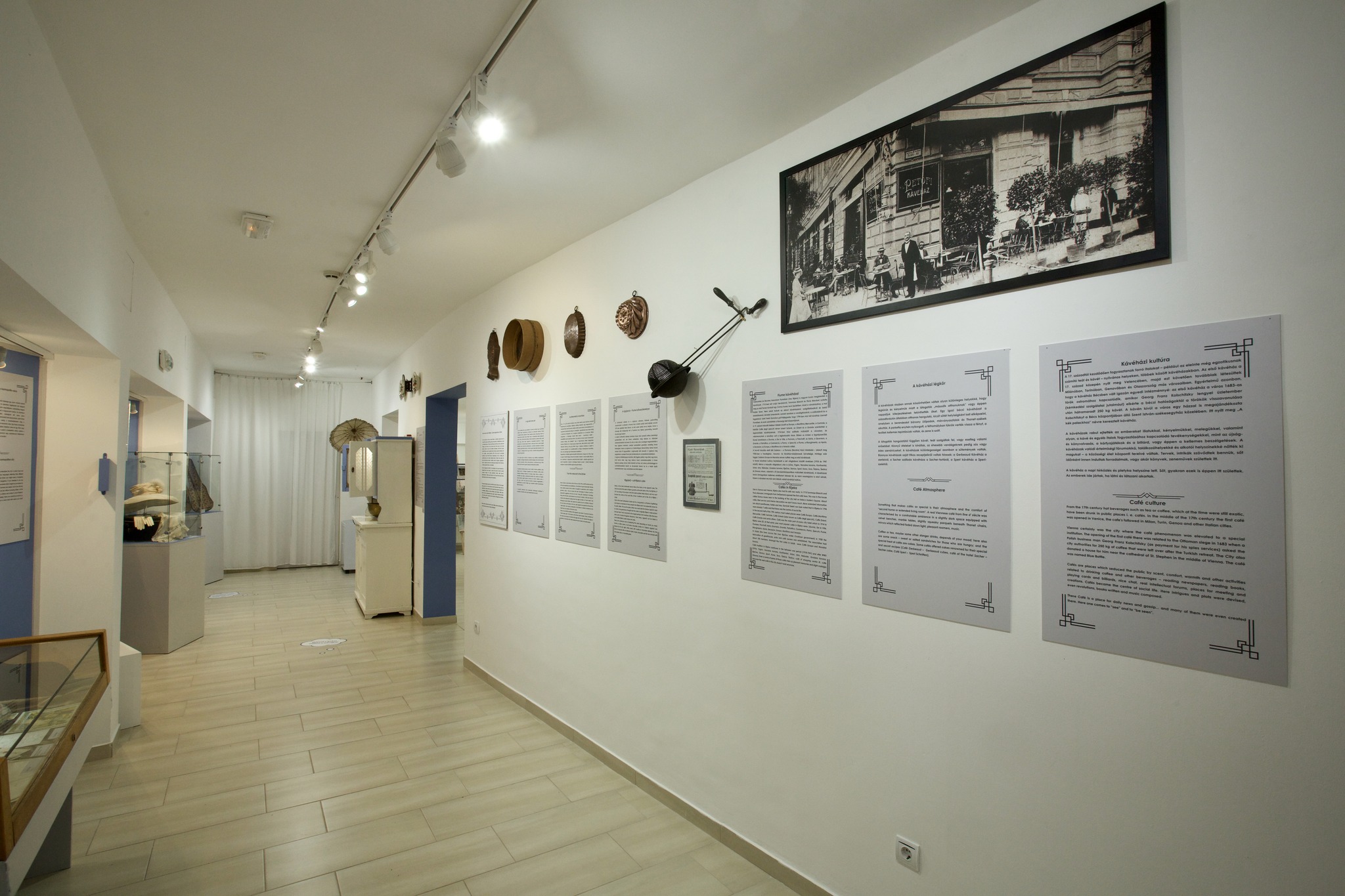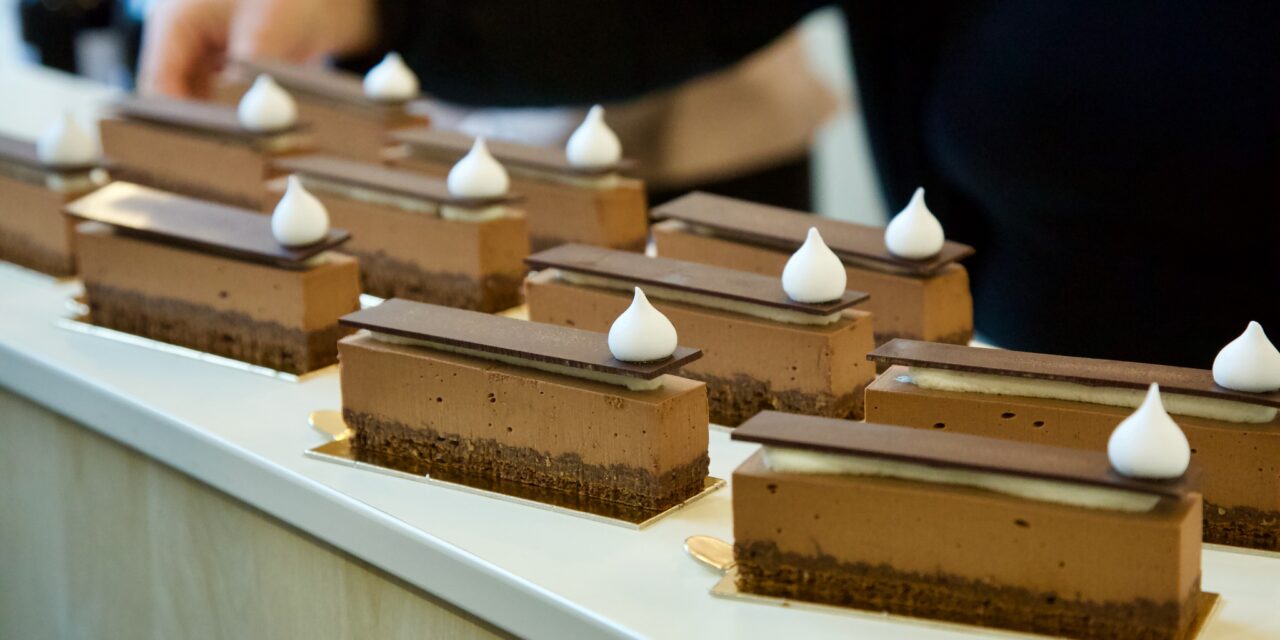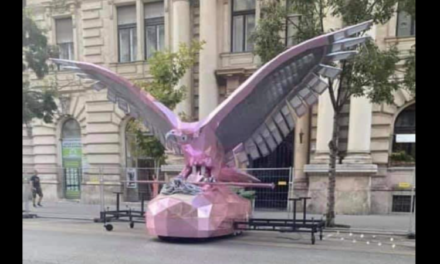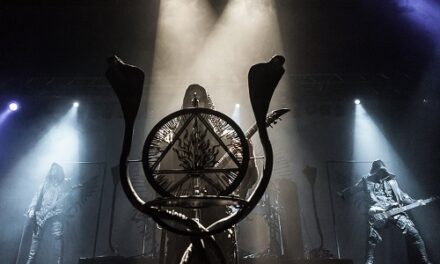Many Hungarian cakes are more than ordinary sweets, many have their own history, including bejgli or Kossuth kifli.
Central Europe is the place of origin of the coffee house culture, and the Rigójancs cake evokes an interesting love story, said Máté Vincze, Deputy Secretary of State for Public Collections and Cultural Developments of the Ministry of Culture and Innovation, at the opening of the Croatian-Hungarian temporary exhibition Rigójancs - Love as sweet inspiration at the Hungarian Trade and Hospitality Museum on Friday.
Many Hungarian cakes are more than ordinary sweets, many of them have their own history, including bejgli or Kossuth kifli, said Máté Vincze, highlighting:
behind the story of Rigójancs lies the turbulent love story of the virtuoso Hungarian gypsy prima and the Belgian princess Chimay, Clara Ward.
Máté Vincze emphasized that the supposed origin of the famous cake is one of the stories we share with Croatians. Our common history goes back almost a thousand years, we worked and fought together, the deputy state secretary emphasized.
He said that museums preserve the objects of our identity, which include objects that symbolize the peoples who cooperate with us and the friendship between us.
The temporary exhibition reveals how the city of Rijeka (Rijeka) is connected to Hungarian sweets - emphasized Mladen Andrlic, Ambassador of the Republic of Croatia to Hungary.

Photo: MKVM/Facebook
In addition to the common history, Croatians and Hungarians have a similar cultural heritage: from architecture to works of art to lifestyle.
"This is why we feel at home in both Hungary and Croatia today. Despite the actual differences, we find a common language, which allows us to get to know each other even better and strengthen our relationship"
added the ambassador.
The exhibition focuses on a cake that was created and became popular in Rijeka, Opatija, but is also popular in Vienna, Zagreb and Budapest - pointed out Mladen Andrlic, who also recalled that he had recently launched a three-year cultural cooperation program with Croatia Ministry of Culture and Media and the Hungarian Ministry of Culture and Innovation.
Róbert Török, director of the Hungarian Trade and Catering Museum, said that within the framework of the temporary exhibition, those interested can visit Fiume on a touristic and gastronomic time travel to get to know the city's atmosphere, in which the former scandalous story of Rigó Jancsi and his wife Clara Ward comes to life.
The director said that the port city of the Austro-Hungarian Monarchy, Fiume, is an excellent example of the urban development of happy times of peace. Its regular sailings and its developing cityscape have made it one of the most important ports on the Adriatic Sea, and just as throughout Europe, the café culture has also developed in Fiume. This also characterized the coffee house of the Continental hotel, whose name is still intertwined with the Rigójancs cake named after the Hungarian gypsy primrose, he explained.
The temporary exhibition presents the cake's namesake, János Rigó, the scandal hero of the time. It will be revealed how he married "the most interesting princess of the age", and how their special love served as an inspiration for the creation of the candy, emphasized Róbert Török.
MTI
Featured image: MKVM/Facebook













